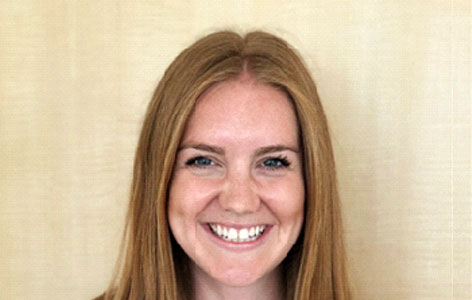
Conference: The International Society for Heart and Lung Transplantation (ISHLT). April 3–6, 2019, Orlando, FL, USA.
Conference Highlight: The 2019 ISHLT meeting had a major focus on advances in expanding the donor pool using marginal donor organs for heart transplantation.
Conference Summary: An important and recent development in the field of heart transplant is in the use of organs from donors with active Hepatitis C. At this year’s ISHLT meeting, multiple centres demonstrated that transplanting hearts from Hepatitis-C donors is safe, and that the virus can be treated successfully post-transplant using a standard course of therapy with direct-acting antivirals. Researchers reported no differences in early rejection rates among patients who received hearts from Hepatitis-C donors, as well as no significant abnormalities in liver and kidney function.
A second promising advance with regards to increasing the organ donor pool was demonstrated by the successful results from the Organ Care System (OCS) Heart EXPAND trial. This prospective multi-centre trial demonstrated that the OCS Heart System can be used to transplant hearts that may not meet the current standard donor heart criteria. This heart perfusion system enables hearts to be safely kept alive and beating outside of the donor body for longer periods of time than the currently used ice method and allows for the organs to be assessed by physicians up until the time of transplantation. This trial reported excellent short-term post-transplant outcomes and demonstrates the potential for this technology to significantly expand the geographic area for heart retrieval.
Together, these advances are important for expanding the donor pool and reducing morbidity and mortality for patients on the wait list for a heart transplant.




